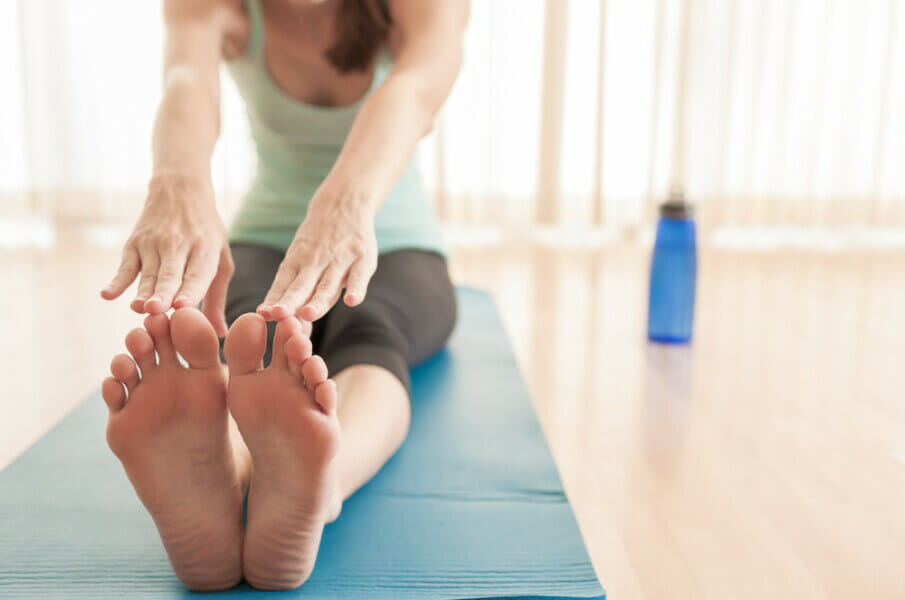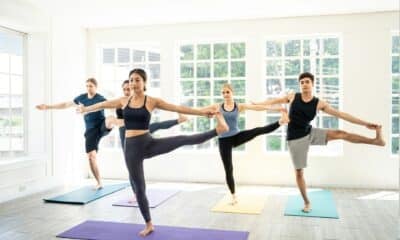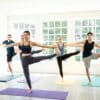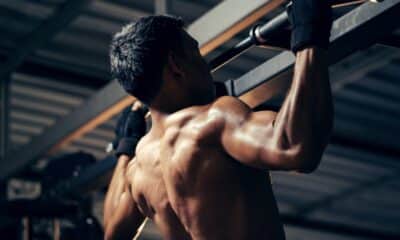You Can Still Reach Your Toes! Here’s How You Can Do It
If you take pride in incorporating exercise and stretching into your daily routine, you may find it frustrating when attempting to touch your toes only to fall short and reach halfway down your shins. You’re not alone.
According to Sharnee Lee Scott, a senior master trainer at Lagree Fitness, many individuals encounter this challenge. Tight hamstrings are a common issue even among individuals devoted to stretching practices like yoga and Lagree, a workout focusing on muscle strengthening and lengthening. So, what can you do about it?
Reasons behind Tight Hamstrings
The difficulty often stems from our daily habits such as prolonged sitting in inactive positions and maintaining poor posture, like slouching or arching the lower back. Moreover, overusing the hamstrings without strengthening the opposing muscles (such as the quads) can hinder our efforts to reach our toes as it creates an imbalance in the body.
Scott acknowledges that anatomy also plays a role: “Some individuals may find it challenging to touch their toes due to bone structure and limb length.”
Effective Stretching Techniques for Loosening Hamstrings
Flexibility encompasses three components: joint mobility, overcoming the brain’s natural inhibitors, and strengthening opposing muscles, as stated by Scott. Various techniques can assist in achieving these objectives:
Dynamic and Static Stretches
Scott recommends incorporating both dynamic (moving) and static (holding) stretches into your routine.
Focus on controlled leg movements through flexion and extension towards the end ranges. For example, the Lagree Elevator Lunge with pauses at the bottom serves as an excellent dynamic hamstring stretch, according to Scott. Another beneficial dynamic stretch is “The Waterfall Stretch,” which has been described as making the hamstrings feel relaxed. Additionally, classic yoga poses like downward dog can be helpful.
Proprioceptive Neuromuscular Facilitation (PNF)
PNF involves alternating between stretching and contracting the targeted muscle group. To apply this to the hamstrings, lie on your back and hold one leg, pulling it towards your chest. Stretch the leg towards your chest, contract the hamstrings momentarily by pushing against your hands or a strap, then release and gently stretch again for 20-30 seconds. Repeat this process, ensuring to target all three hamstring muscles by adjusting the leg angles in relation to your spine.
Reciprocal Inhibition
Reciprocal inhibition entails tensing the opposing muscles to relax the ones being stretched. For the hamstrings, engaging the quads helps the hamstrings to release tension. For instance, doing a wall sit and activating the quads can help in relaxing the hamstrings, according to Scott.
Optimal Timing for Stretching Hamstrings
Avoid stretching cold muscles. To enhance flexibility without risking injury, warm up your muscles beforehand. Just like cheese, muscles stretch better when warm. Perform a brief warm-up like jogging in place or doing jumping jacks before stretching. Alternatively, save the intense stretching for post-workout when your body is already warmed up.
Scott emphasizes the importance of balancing an active fitness routine with stretching practices. She notes that achieving true flexibility requires strength. Activities like yoga or Lagree combine both strength-building and stretching to enhance joint mobility, particularly around the hip area.
Consider trying this quick Pilates routine for strengthening and stretching your hamstrings:
Consistency is key to achieving flexibility. Scott advises approaching flexibility gradually to gradually expand your range of motion. Your central nervous system has protective mechanisms to prevent overstretching, but by committing to a regular stretching routine, you can increase mobility safely over time and build trust in your body’s capabilities.
















